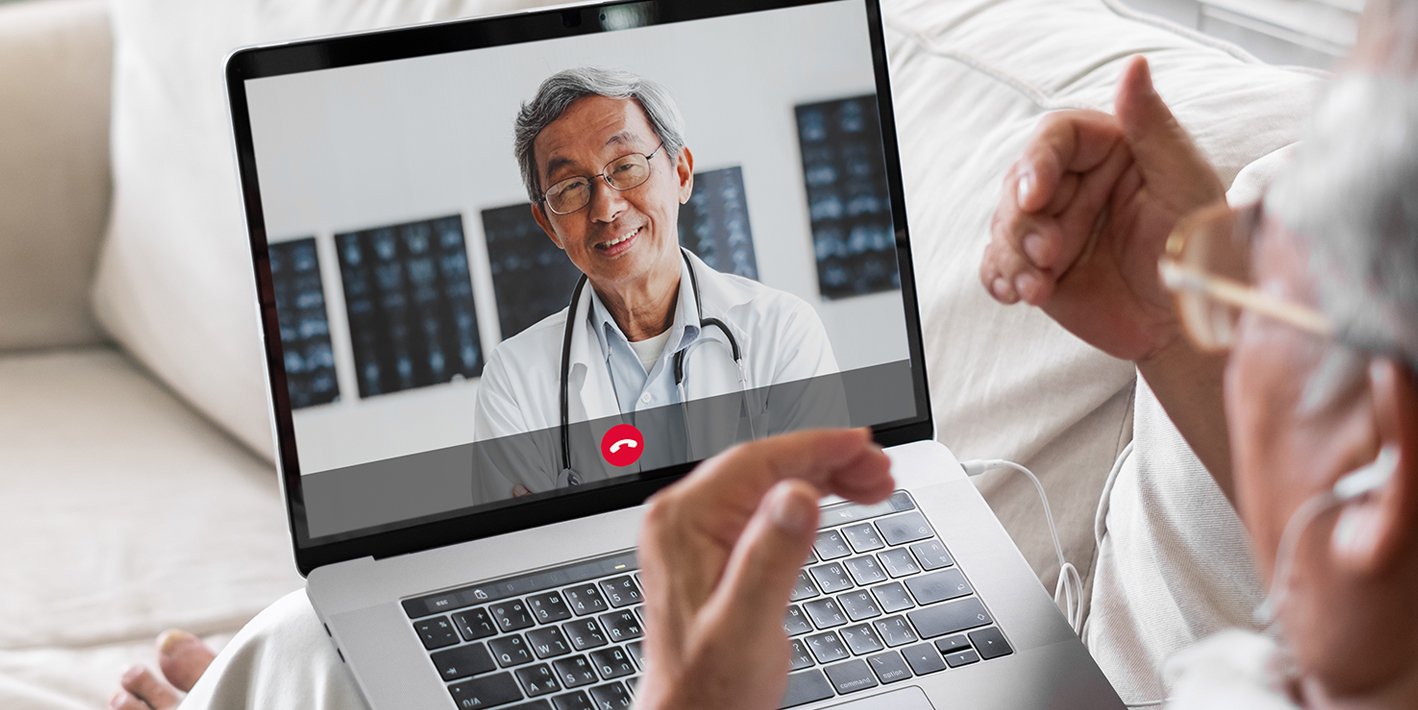The healthcare industry faces many challenges today. In addition to an aging population and rising costs, there’s also a shortage of qualified professionals and a growing demand for accessible care.
So, how do healthcare organizations negotiate these challenges without compromising quality care? By taking customers on a journey.
Patients Don’t Want Service, They Want an Experience
The patient experience starts before the appointment. If the scheduling experience is impersonal or the patient portal is difficult to navigate, healthcare consumers will take note—then take their business elsewhere.
Good old-fashioned customer service will solve some of these challenges, but tech is proving to be just as valuable. For instance, patients no longer have to call their healthcare provider, only to be placed on indefinite hold. Now, doctors can simply text or email a prescription to a patient’s pharmacy—and even schedule appointments if patients need prescriptions immediately.
AI and Machine Learning
Nearly three–quarters of doctors say they expect artificial intelligence, machine learning, and deep learning to help them improve patient diagnoses. These emerging tools may automate tedious and repetitive recordkeeping and data management tasks that office staff once had to process manually.
For example, patients with chronic heart failure (CHF), type 2 diabetes, hypertension, or asthma require frequent follow-up appointments with their providers after they’ve been discharged from a hospital or clinic.
With access to health data lakes and AI, providers would receive automatic alerts when chronic patients are discharged. Additional prompts would tell medical staff to reach out to the patient and schedule a follow-up appointment—without relying on the patient (who will often forget) to schedule one themselves.
And with analytics from the health data lakes, providers can also improve prognoses, streamlining transitional and chronic care management experiences for the patient and provider.
Wearable Technology for Better Health
Wearable technology like the Apple Watch and Fitbit also provide useful data for patients and providers.
Wearables track everything from overall patient health and sleep quality to steps walked per day and heart rate by using the device’s built-in sensors to measure blood-oxygen levels. In time, we suspect healthcare providers may use these devices.
Additionally, smart glass technology (like Google Glass) allows doctors to collect and assess data or view X-rays during surgery without needing an assistant.
Little Things Make a Big Impact
Consumers are tech-savvy, so it’s no surprise they’re demanding healthcare providers embrace the same technology-driven practices they use in their own lives.
While the healthcare industry is trending toward a better patient experience, there is still room for improvement. Providers should move beyond the traditional ways of thinking about patient experience management and consider how their organization can align with this new generation of patients.
See how Artesia General Hospital is taking advantage of new technologies to deliver a superior patient experience.





